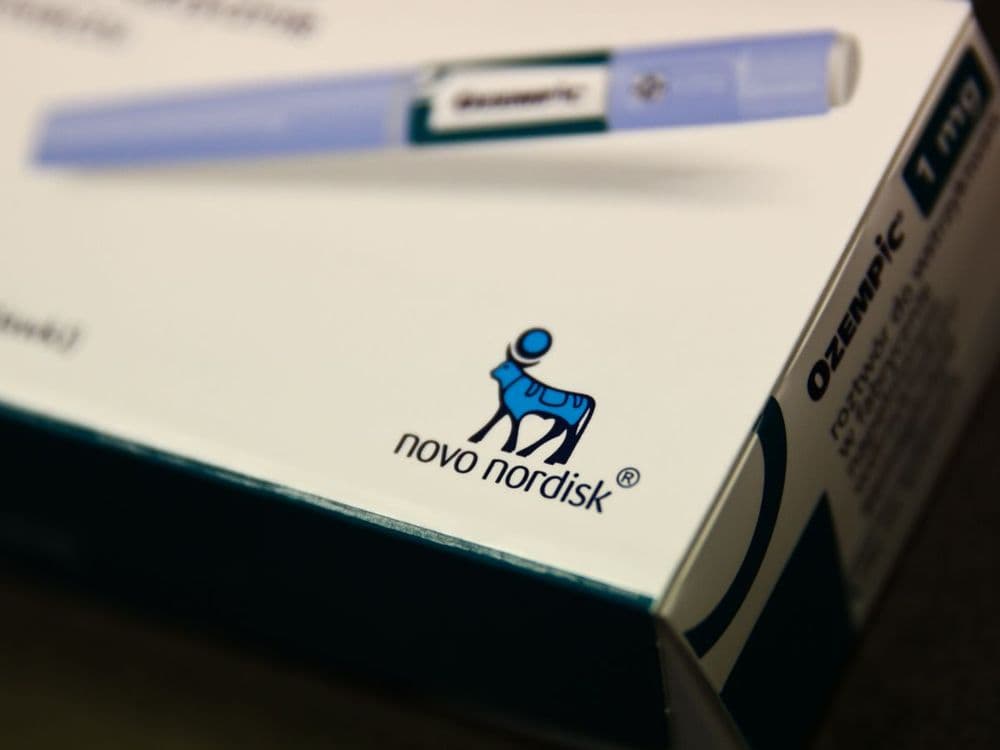Medicare Secures Deep Discounts on 15 High Cost Drugs
The Centers for Medicare and Medicaid Services announced negotiated maximum fair prices for 15 high spend medicines, including the widely used semaglutide products Wegovy and Ozempic, with reductions taking effect in 2027. The move promises multibillion dollar savings for the program, and it sets up a clash between patient advocates who hailed lower prices and industry groups who criticized government price setting.

On November 25, 2025, the Centers for Medicare and Medicaid Services finalized a second round of drug price negotiations that set maximum fair prices for 15 high spend medicines under the federal drug price negotiation program. The negotiated prices will apply to Medicare beginning in 2027 and, according to CMS announcements, represent cuts ranging roughly from 38 percent to 85 percent off 2024 list prices.
Among the most closely watched entries were the semaglutide products Wegovy and Ozempic. CMS publicly released the negotiated monthly price for those medicines as part of its decision. CMS said the new price schedule will produce multibillion dollar savings for Medicare and for beneficiaries who depend on these drugs for chronic conditions such as diabetes and obesity.
The program traces back to legislation aimed at giving Medicare the authority to negotiate prices for some of the most expensive medicines on the market, a change supporters say was long overdue. An earlier round of negotiations produced price reductions that began to take effect in 2026, and this second round expands the program to a fresh group of high spend medicines, touching therapies used across a range of conditions.
Policy makers and health advocates framed the decision as a public health intervention aimed at improving access for people on fixed incomes. Many Medicare beneficiaries face chronic illness and complex medication regimens, and steep prescription prices have been a barrier to adherence. Lower negotiated prices could reduce out of pocket costs for enrollees and lessen pressure on the program budget, potentially easing the fiscal strain that has contributed to rising premiums and cost sharing.
Community health experts say the cuts may be particularly consequential for patients managing obesity and diabetes, conditions that disproportionately affect lower income and minority communities. Reduced costs for proven therapies can translate into better disease control, fewer hospitalizations, and improved quality of life for populations that have long borne an outsized burden of chronic disease.

The announcement drew rapid responses from stakeholders. National advocacy groups praised the reductions as a step toward more affordable care, while industry trade groups criticized the federal government for setting prices, arguing that rigid price constraints could undermine investment in research and development. Drug manufacturers have in the past warned that negotiation could influence the pipeline for future therapies, a concern that will resurface as the program expands.
Health policy analysts say the real world effects will depend on how savings are passed through to beneficiaries and how manufacturers respond in pricing and supply strategies. Implementation details, including how cost sharing will be adjusted at the pharmacy counter, will determine whether lower list prices translate into measurable relief for families living on tight budgets.
As the 2027 implementation date approaches, lawmakers, advocates, and industry leaders will watch closely. The negotiations represent a test of federal authority to rein in high drug spending while balancing incentives for innovation. For patients who struggle to afford essential medicines, the new prices offer hope of more consistent access and a potential reduction in the health disparities tied to economic hardship.


